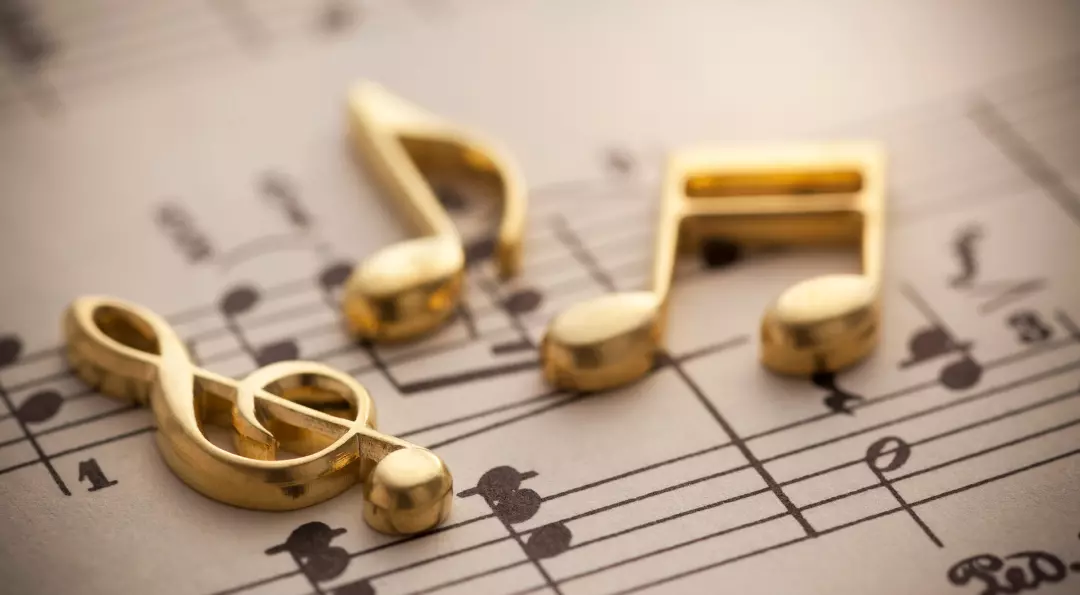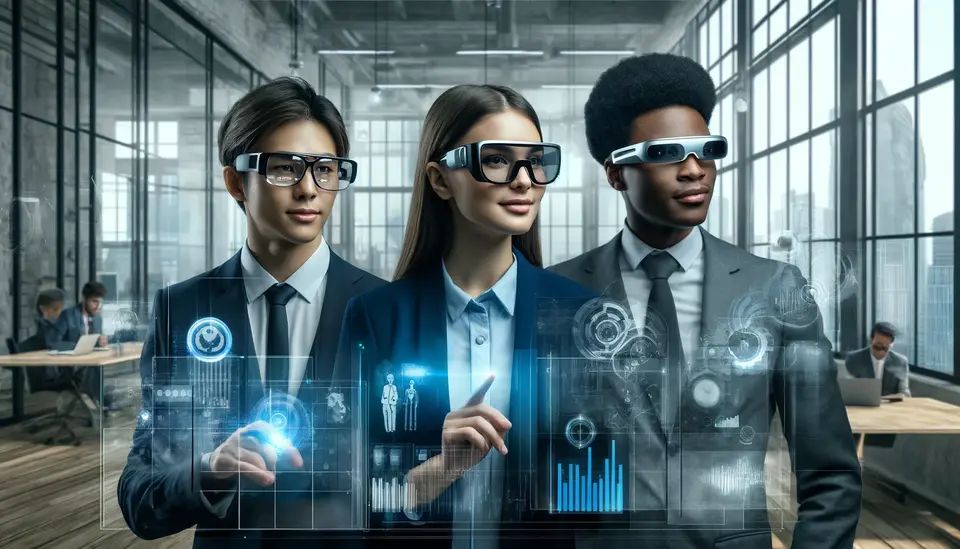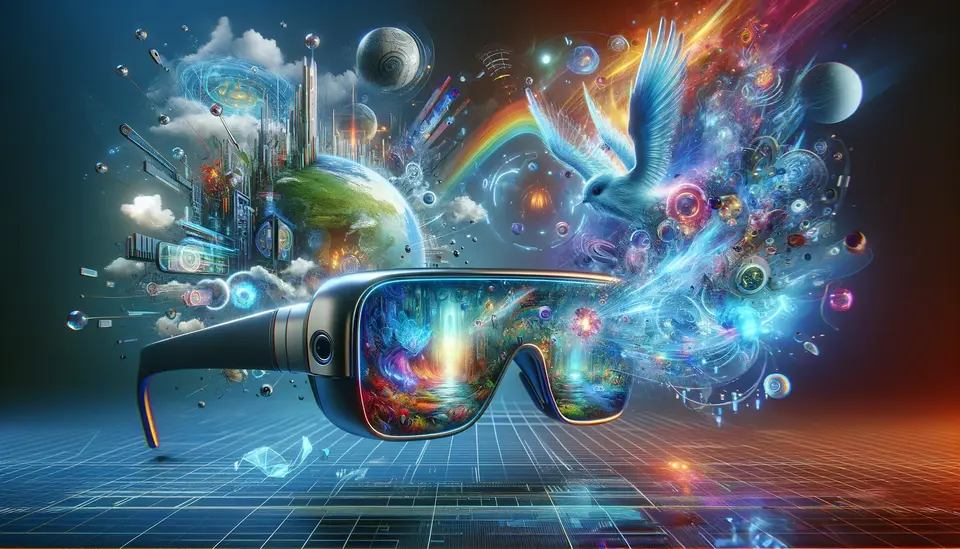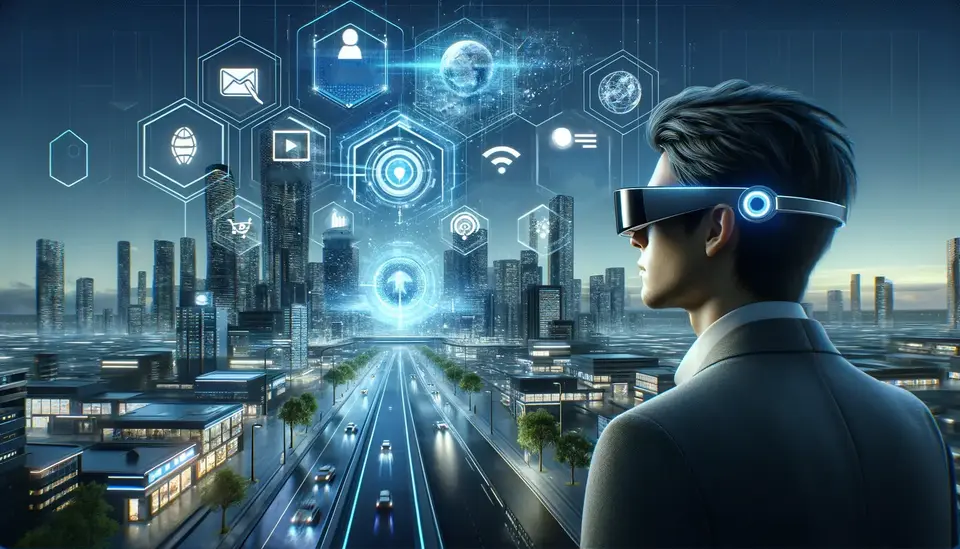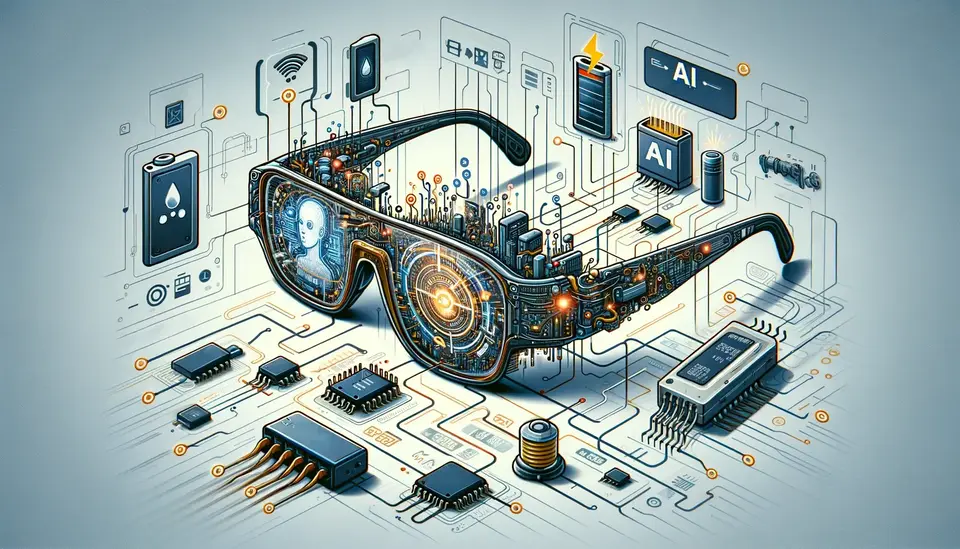15 Examples of the Use of Smart Glasses in Music
Posted on April 3, 2023 5 minutes 950 words
Table of contents
- 1. Live performance enhancement: Google Glass and Fretlight
- 2. Augmented reality concerts: Magic Leap and Sigur Rós
- 3. Virtual music lessons: MuzikLens
- 4. Immersive music videos: Björk’s “Stonemilker” and Microsoft HoloLens
- 5. Sound engineering and mixing: Sennheiser’s AMBEO Smart Headset
- 6. Collaboration between musicians: Google Glass and MuseScore
- 7. Instrument tuning: Roadie Tuner and Vuzix Blade
- 8. Gesture control for music creation: Microsoft HoloLens and ZIKR
- 9. Spatial audio experiences: Bose Frames and AudioAR
- 10. Live streaming performances: Google Glass and ION’s Concert
- 11. Virtual reality music festivals: Oculus and MelodyVR
- 12. Music therapy applications: VibroGlasses
- 13. Dance and choreography: DanceAR and Magic Leap
- 14. Enhanced music production workflow: Vuzix Blade and Pro Tools
- 15. Audience engagement: WaveOptics and interactive fan experiences
- Conclusion
The music industry is no stranger to the adoption of innovative technology. In recent years, smart glasses have become an increasingly popular tool for musicians, performers, and audiences alike. This blog post will delve into 15 real-world examples of how smart glasses are revolutionizing the world of music, providing a more immersive, interactive, and engaging experience for all.
1. Live performance enhancement: Google Glass and Fretlight
Musicians have turned to smart glasses to help them with chords, lyrics, and sheet music during live performances. Google Glass has been used by artists like David Datuna to display lyrics and chords in real-time. Similarly, Fretlight offers a smart glasses app that projects guitar chords and scales onto the glasses, making it easier for guitarists to perform flawlessly.
2. Augmented reality concerts: Magic Leap and Sigur Rós
Audience members can use smart glasses like Magic Leap One to enhance their live concert experience with augmented reality elements. Icelandic band Sigur Rós partnered with Magic Leap to create an immersive audio-visual experience called “Tonandi,” allowing users to interact with music and visuals in real-time during live performances.
3. Virtual music lessons: MuzikLens
MuzikLens offers remote music lessons through their smart glasses, providing students with real-time feedback and instruction from teachers, no matter their location. These glasses display sheet music, metronomes, and other helpful tools to enhance the learning experience.
4. Immersive music videos: Björk’s “Stonemilker” and Microsoft HoloLens
Smart glasses have been used to create immersive music video experiences. Björk’s “Stonemilker” music video was adapted for the Microsoft HoloLens, allowing viewers to feel as if they were inside the video, interacting with the singer and her surroundings.
5. Sound engineering and mixing: Sennheiser’s AMBEO Smart Headset
Sennheiser’s AMBEO Smart Headset is designed for sound engineers, providing real-time data on audio levels, frequencies, and other parameters to facilitate the perfect mix. These smart glasses integrate with DAWs and other professional audio software, streamlining the mixing process.
6. Collaboration between musicians: Google Glass and MuseScore
Smart glasses enable musicians to collaborate more effectively by sharing sheet music, song ideas, and other project elements in real-time. Google Glass integrated with the MuseScore app, for example, allows musicians to view and edit sheet music, making collaboration seamless.
7. Instrument tuning: Roadie Tuner and Vuzix Blade
Smart glasses can assist with accurate instrument tuning by providing real-time visual feedback on pitch and frequency. Roadie Tuner developed an app for Vuzix Blade smart glasses, displaying real-time tuning information for musicians.
8. Gesture control for music creation: Microsoft HoloLens and ZIKR
The Microsoft HoloLens has been used to control digital audio workstations and other software through gestures, enabling a more intuitive and hands-free approach to music creation. The ZIKR project combines the HoloLens with a gesture-tracking system, allowing users to create music using hand movements in 3D space.
9. Spatial audio experiences: Bose Frames and AudioAR
Smart glasses like Bose Frames deliver immersive spatial audio experiences, providing listeners with a more realistic and engaging listening experience. AudioAR, a platform designed for Bose Frames, offers spatial audio content, including music, podcasts, and ambient soundscapes.
10. Live streaming performances: Google Glass and ION’s Concert
Musicians have used Google Glass to live stream their performances from a unique first-person perspective, giving fans an intimate and immersive experience. ION’s Concert, a live streaming platform, has integrated with Google Glass to allow artists to broadcast their shows, offering a one-of-a-kind perspective for fans who cannot attend the event in person.
11. Virtual reality music festivals: Oculus and MelodyVR
Smart glasses such as Oculus Rift can transport users to virtual music festivals, allowing them to experience live performances from the comfort of their own homes. MelodyVR, a virtual reality music platform, has partnered with major festivals and artists to provide users with an immersive festival experience, complete with multiple vantage points and backstage access.
12. Music therapy applications: VibroGlasses
Smart glasses have been employed in music therapy sessions to provide patients with visual and auditory stimuli that can aid in their treatment. VibroGlasses is an innovative smart glasses solution that combines music, vibration, and light therapy to help patients with various conditions, such as anxiety, depression, and chronic pain.
13. Dance and choreography: DanceAR and Magic Leap
Dancers have used smart glasses like Magic Leap One to receive real-time feedback on their movements and synchronize their choreography with music and visuals. DanceAR, an app for Magic Leap, allows users to learn and practice dance routines in augmented reality, with virtual instructors and visual cues to guide them.
14. Enhanced music production workflow: Vuzix Blade and Pro Tools
Smart glasses like Vuzix Blade can streamline the music production process by providing real-time access to essential tools and software, allowing producers to work more efficiently. Integration with popular DAWs like Pro Tools enables users to view and control their projects directly from their smart glasses, making the production process smoother and more intuitive.
15. Audience engagement: WaveOptics and interactive fan experiences
Smart glasses can be used to create interactive fan experiences, such as voting on setlists, requesting songs, or even participating in live performances. WaveOptics, a leading smart glasses manufacturer, has explored interactive fan experiences using augmented reality, providing unique ways for fans to engage with their favorite artists during concerts.
Conclusion
As technology continues to evolve, the potential applications of smart glasses in the music industry will only continue to grow. By embracing this cutting-edge technology, musicians, fans, and industry professionals can look forward to a more immersive, interactive, and engaging musical landscape. The real-world examples highlighted in this blog post showcase the versatility and potential of smart glasses, offering a glimpse into the future of music.

